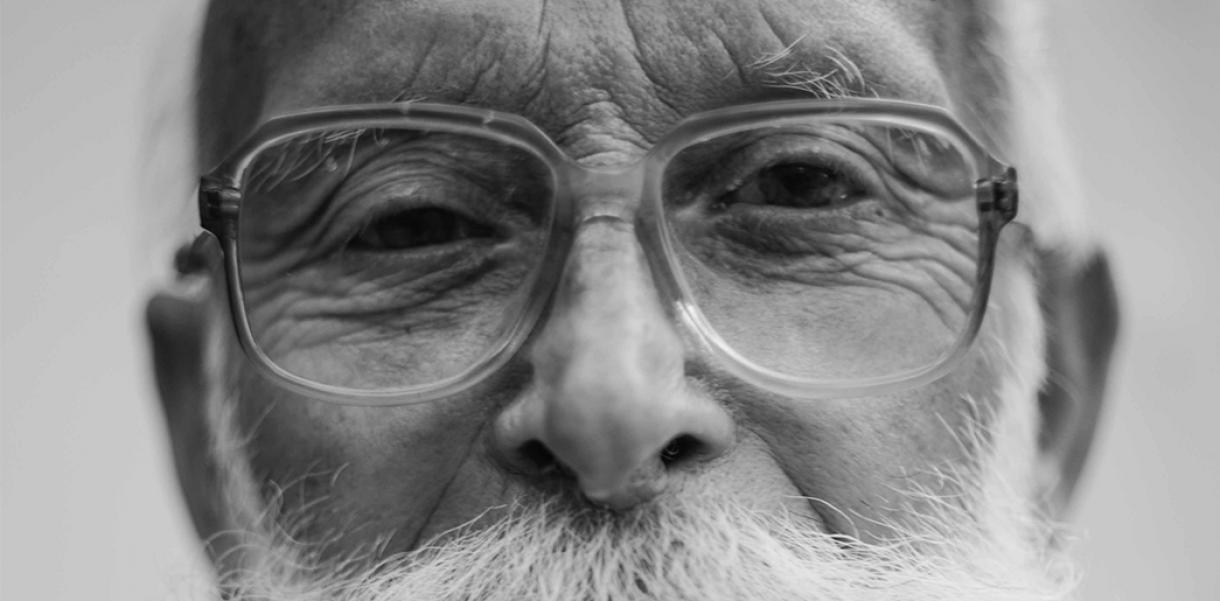While looking at the 2,000+ nominees for Index Award 2021, one question popped up from time to time. It wasn’t posed for every design but enough to grab a spot in my daily ponderings. Because when it comes to design, and sustainable design, in particular, the question is classic: Designs that mend a problem versus designs that will prevent it — which is more important?
Coming from film studies and not a design background, I may be stepping into exhausted territory, but I find the question so puzzling that it’s hard to let go. The obvious answer, of course, is that both are important and needed — we can’t excuse neglecting issues by focusing on avoiding them in the future. Hunger and homelessness, poverty and perils need immediate relief, and we can’t leave people hanging because we’re too focused on the future.
Last year, I interviewed the Head of Design at Kiva Olly Farshi for one of our Impact Stories, and he talked about this schism of the moonshot vs the immediate. He mentioned how in San Francisco, not far from Kiva’s offices, tech was focused on solving the big, broad and even systemic issues but wasn’t able to fix them now. This is why he loved working at Kiva: “We get to work on the issues that people are facing today. We get to help real people, who are facing real problems”.
”If we build a design culture of creating ingenious solutions for the here and now, are we losing sense of the bigger picture?”
But, playing devil’s advocate, do great, immediate solutions keep prevention, and sometimes moonshot-thinking, at a standstill? If we build a design culture of creating ingenious solutions for the here and now, are we losing sense of the bigger picture?
There are many design studios and designers around the world who are dedicated to dwelling in the speculative, who’re posing the questions and ideas many of us never thought of asking. Like the Index Award 2019 Winner MARSHA, a habitat for life on Mars, or the Index Award 2021 Nominee Hiber Nation that explores the idea of human hibernation. There are the big ideas trying to change systems at their core, like current nominees Amsterdam Circular Strategy or preventive solutions like the Calma hotline in Bogotá, Colombia, which puts the responsibility on men to stop violence against women, not vice-versa.
And let’s dive into the preventive quality of the Calma hotline for a second. Because can a design ever be fully preventive? Let’s start from the top. Today, there are so many designs focused on helping women get out of dangerous situations — emergency bracelets, drug-rape detecting fabrics and self-defence kits. But do we need more designs that prevent violence against women from even happening? Why not focus on preventing violence against women? Cue, Calma. But is Calma only the medicine to an in-grown culture of machismo in South America? Should we instead highlight a design that fights machismo from being ingrained? Down the rabbit hole we go.
”It doesn’t hurt to reflect on how the preventive and protective can help each other stay grounded in the skies.”
My point is, immediate solutions can potentially only address an aspect of a problem without necessarily inspiring change; meanwhile, many preventive designs or moonshot ideas always can be dissected to become an immediate solution. I guess behind every solution; there’s a more systemic problem to handle. The lines between the two get more blurry, making the go-to answer even more fitting: We need both.
But what about the designs that already do both? We often see how many companies focus on providing a solution while giving back or contributing to fight the problem. But do we have similar examples of prevention and protection within design? There’s Laerdal Global Health, an Index Award 2013 Winner, who focus on training and empowering midwives in low-resource settings to save mothers and babies lives. And many other initiatives that have taken on the task of doing both in one solution.
Would it make sense to design in a way where we merge the two? Do we need to reflect more on how the immediate solutions can help break ground for the moonshots or how the moonshots can become more grounded? Should we respect their differences or keep looking for similarities?
So the final answer is yes — we still need both. But it doesn’t hurt to reflect on how the preventive and protective can help each other stay grounded in the skies.
-
Image: Romain Gille.



